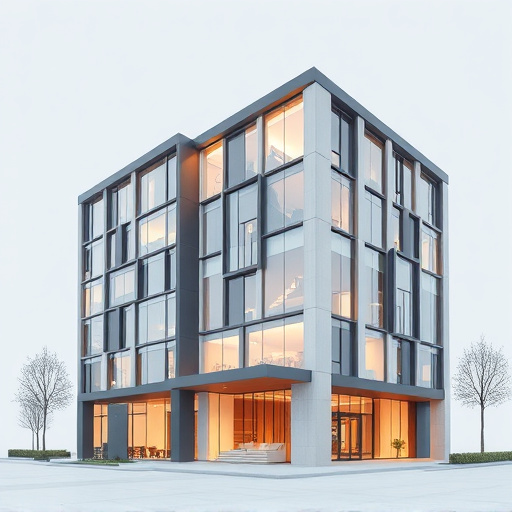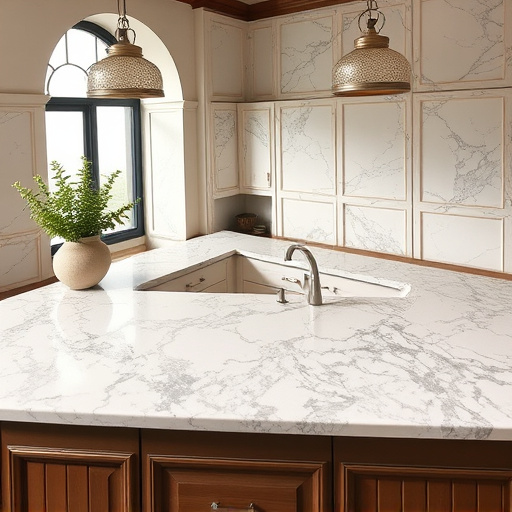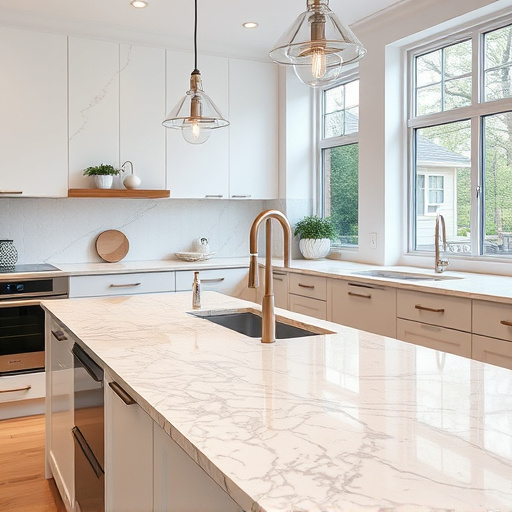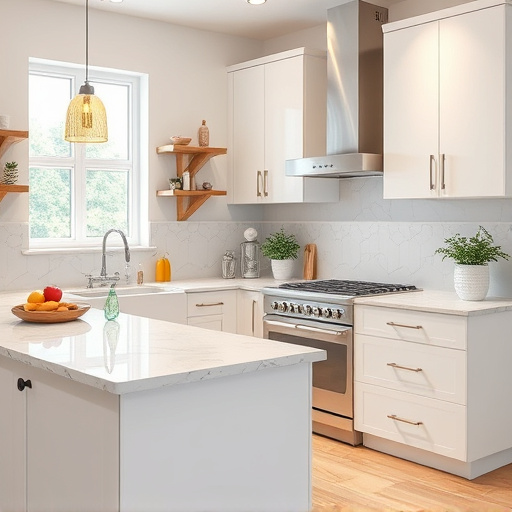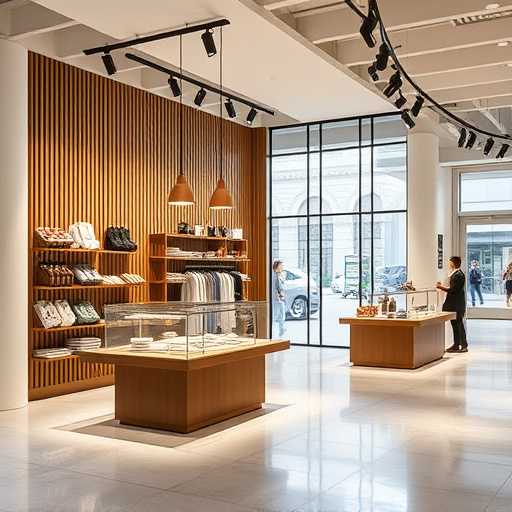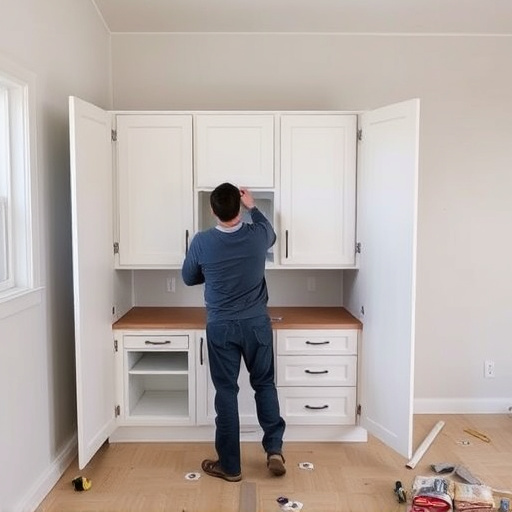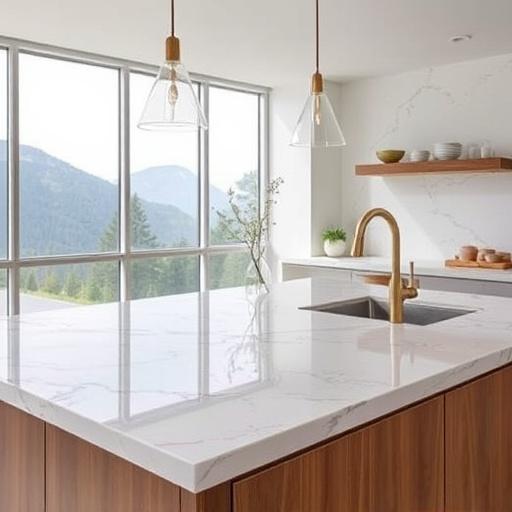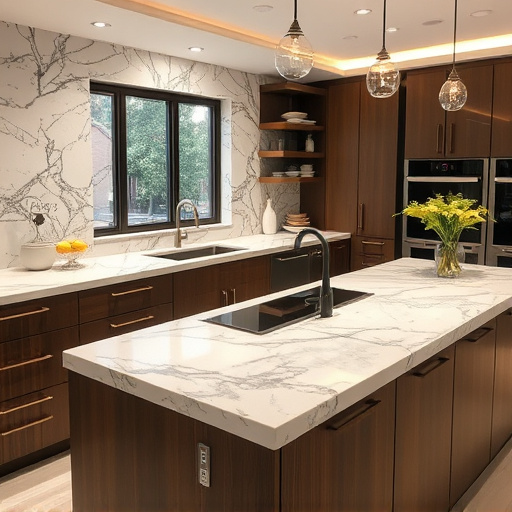The design of office interiors plays a crucial role in employees' mental health and overall job satisfaction. Esthetically pleasing and ergonomically designed spaces reduce stress, improve moods, and boost productivity. Key elements include natural lighting, biophilic design (plants, wood), neutral to vibrant color schemes, and comfortable seating. Custom renovations focusing on these aspects can transform offices into balanced, engaging environments that enhance well-being and retain employees. Effective implementation involves assessing existing spaces, adopting flexible layouts, incorporating break areas, and regular maintenance, whether through major renovations or minor upgrades.
In today’s digital era, office interiors play a pivotal role in mental wellness at work. Understanding how space impacts employee well-being is crucial for fostering productive and fulfilling environments. This article explores the key elements of a mentally supportive work environment and provides practical tips for designing and implementing healthy office spaces. By focusing on aspects like natural light, greenery, and ergonomic design, we can create offices that promote mental health and enhance overall job satisfaction.
- Understanding the Impact of Office Interiors on Mental Health
- Key Elements of a Mentally Supportive Work Environment
- Practical Tips for Designing and Implementing Healthy Office Spaces
Understanding the Impact of Office Interiors on Mental Health
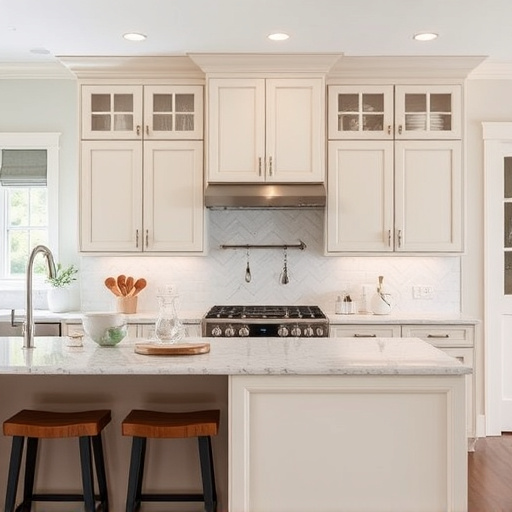
The design of office interiors plays a significant role in shaping employees’ mental health and overall well-being at work. Research has shown that an aesthetically pleasing, ergonomically designed workspace can reduce stress, improve mood, and enhance productivity. By understanding the impact of these interior elements, organizations can create environments that foster positive psychological outcomes for their workforce.
Office interiors go beyond aesthetics; they influence the way individuals interact with their surroundings. Consideration should be given to natural lighting, color schemes, and the overall layout, as these factors contribute to creating a sense of calm or stimulating an energetic atmosphere. Incorporating elements such as greenery, comfortable seating areas, and collaborative spaces can significantly support mental wellness, offering employees opportunities for relaxation and social interaction during work breaks. Renovation services focusing on transforming these spaces can be a game-changer in promoting employee satisfaction and retention, especially when multiple room remodels are undertaken to create diverse and engaging environments.
Key Elements of a Mentally Supportive Work Environment
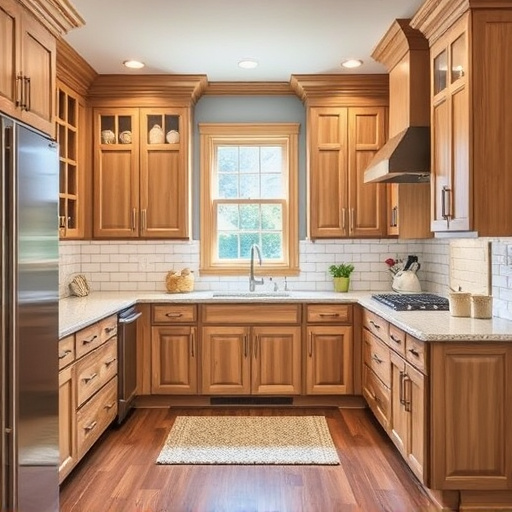
Creating an office interior that supports mental wellness involves several key elements. Firstly, natural light is essential; it boosts mood and energy levels, so incorporating large windows or skylights can significantly enhance employee well-being. Additionally, biophilic design principles, which connect people with nature, can be integrated through plants, wood finishes, and organic shapes, fostering a sense of calm and tranquility within the workspace.
Color psychology plays a vital role as well. Soothing, neutral tones promote relaxation, while pops of vibrant colors can stimulate creativity. Customized home renovations that prioritize these aspects can transform offices into environments that not only meet productivity standards but also nurture mental health. Home improvement services focused on creating balanced, aesthetically pleasing spaces can thus contribute to happier and healthier employees.
Practical Tips for Designing and Implementing Healthy Office Spaces
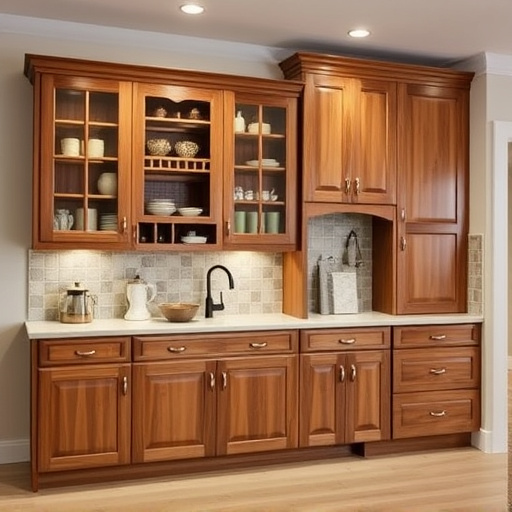
Creating office interiors that promote mental wellness involves a thoughtful blend of aesthetics and functionality. Designers should prioritize natural lighting, as it boosts mood and productivity. Incorporating plants into the workspace is another effective strategy; they not only add visual appeal but also improve air quality. Ergonomic furniture plays a significant role in preventing physical strain, which can indirectly contribute to better mental health.
Practical implementation requires a systematic approach. Start by assessing the existing space and identifying areas for improvement. Consider implementing flexible layouts that accommodate various work styles and preferences. Incorporate break spaces or relaxation zones where employees can unwind during breaks. Regularly updating and maintaining these spaces is crucial, ensuring they remain inviting and supportive of mental wellness throughout the office transformations, whether it’s a whole house remodel or simple home renovations.
Office interiors play a pivotal role in fostering mental wellness at work. By incorporating key elements such as natural light, greenery, comfortable spaces, and personalized design, employers can create environments that support employee well-being. Implementing practical tips for designing and maintaining healthy office spaces not only enhances productivity but also contributes to a happier and more engaged workforce. Investing in mentally supportive work environments is a game-changer, ensuring employees feel valued and empowered, ultimately leading to a positive and thriving workplace culture.


